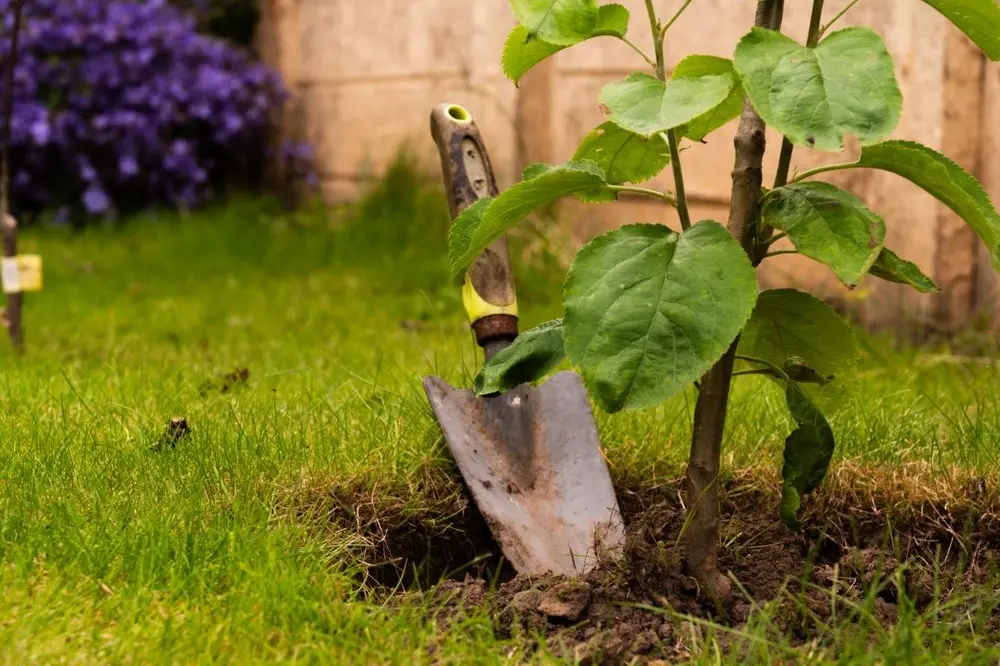PHOTO
THERE is something to be said for home grown fruits and veggies, so adding a few fruit trees will make a lovely complement to your home food garden.
Even planted out amongst the flower beds, or at intervals across the lawn in a larger space, you won’t regret including fruit trees in your garden design.
Most outdoor spaces can accommodate at least one, so long as you have a sunny spot with good drainage and protection from wind. But even a small sunny courtyard can support at least a couple of fruit trees, thanks to the dwarf varieties available now. Some, such as apples, cherries, nectarines, tangerines, and lemons and limes, can be successfully grown in containers, which makes them ideal for apartment balconies too, so long as they get enough sun.
Fruit trees are not only an attractive addition to the garden though, there are many benefits to growing your own fruit and with the right care, your trees will continue to provide you with delicious fruits year after year.
Homegrown fruit is organic, can keep your family supplied with seasonal produce all year round, will reduce your food costs, can turn into an interesting hobby, and as well as looking lovely, your fruit trees will also increase the biodiversity in your garden.
The best time of year to plant your trees will depend on which type of fruit you wish to grow and your local climate will be a factor here too, but the basic guidelines are that it is best to plant deciduous varieties in winter.
Evergreens can be planted in the winter too, though they are just as happy with being planted in spring and summer.
Prepare the site well in advance of planting your trees. Dig in plenty of organic matter and ensure the site has good drainage. Once planted, add a layer of mulch and water your trees in well. From then on, just make sure to keep the weeds away from around the base of your trees.
Mulching around the base will help to keep those weeds at bay and will also assist in retaining the moisture in the soil and will regulate the soil temperature.
Feed them well to support the soil structure and to keep up a steady supply of the nutrients needed to keep your trees happy. The best routine for fertilising is to apply an organic slow-release fertiliser in early spring and then switch to a fast-release version during the growing season to promote fruit development.
Late winter and early spring are the best times to prune and shape your trees. Remove any stragglers as well as any shoots or branches which look diseased or unwell and when pruning, bear in mind the shape you want for your trees. You will want to have easy access to the fruit when it’s ready for harvesting, so the goblet shape is popular, especially for home gardeners.
Check for evidence of pests too and the overall health of your trees. You’ll want them to be happy and healthy if they are going to retain their fine looks and produce good crops.





